Museo de Arte Precolombino de Cusco has 3 thousand years of artistic creation, it is an incredible space that has the doors open to give you the privilege of visiting every part of its structure and where you will appreciate the creation of historical pieces from the first settlers of Peru.
Table of Contents
Formerly known as the "Amaru Cata" which means House of Knowledge, with the arrival of the Spaniards in 1550, they used the space for religious purposes, known as the Casa Cabrera because it was owned by Don Geronimo Luis de Cabrera de la Cerda, which remained as a school for 75 years and in 1981 the Banco Continental acquired it to convert it into a cultural site.
Among its artistic treasures, it contains 403 pre-Columbian and Inca pieces that are part of the Larco Museum of Lima, which are exhibited in 10 rooms on the first and second levels.
Upon arrival at the destination you will also have other services available such as coffee preparation in the central courtyard and Peruvian handicraft stores.
A space that shows how the first settlers began to organize themselves to inhabit the Peruvian territory and among their works they left stone and ceramic objects that were part of the Paracas and Viru cultures.
Before the consolidation of the largest empire in Peru, within the northern coast was the ancient state of Chimú, which exhibits its black pottery, and on the central coast was the state of Chancay with its white pottery.
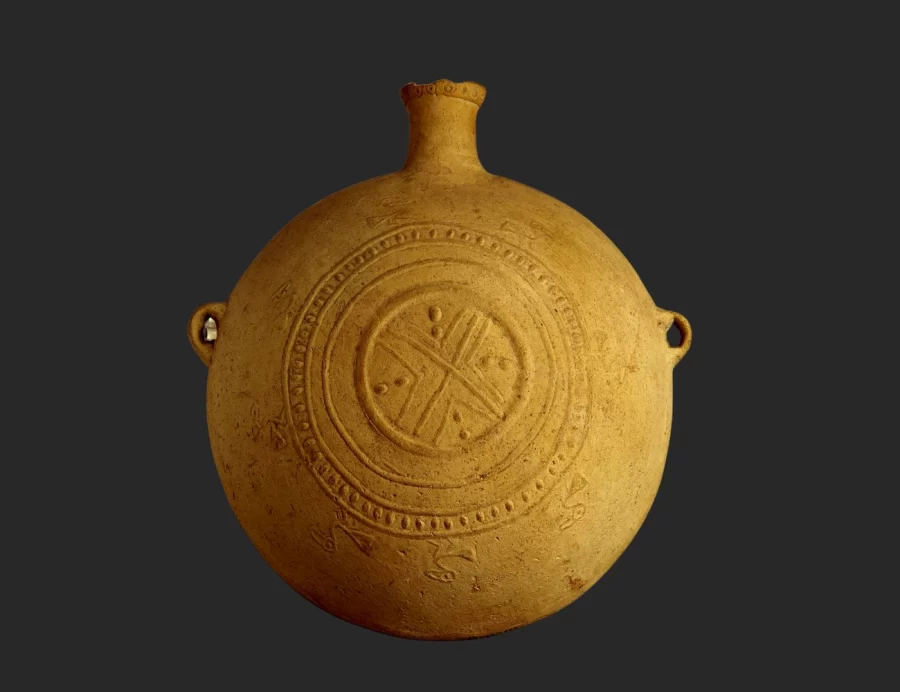
Where you will appreciate the works carved in wood with ancestral representation of great value, used to shape oars, pots, benches and other compounds such as those belonging to Chimú.
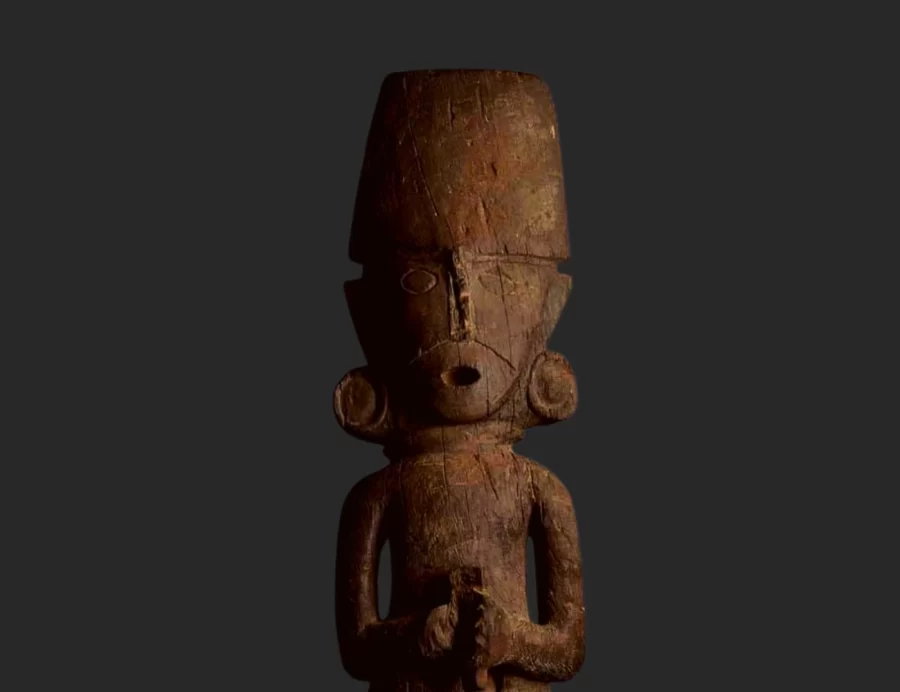
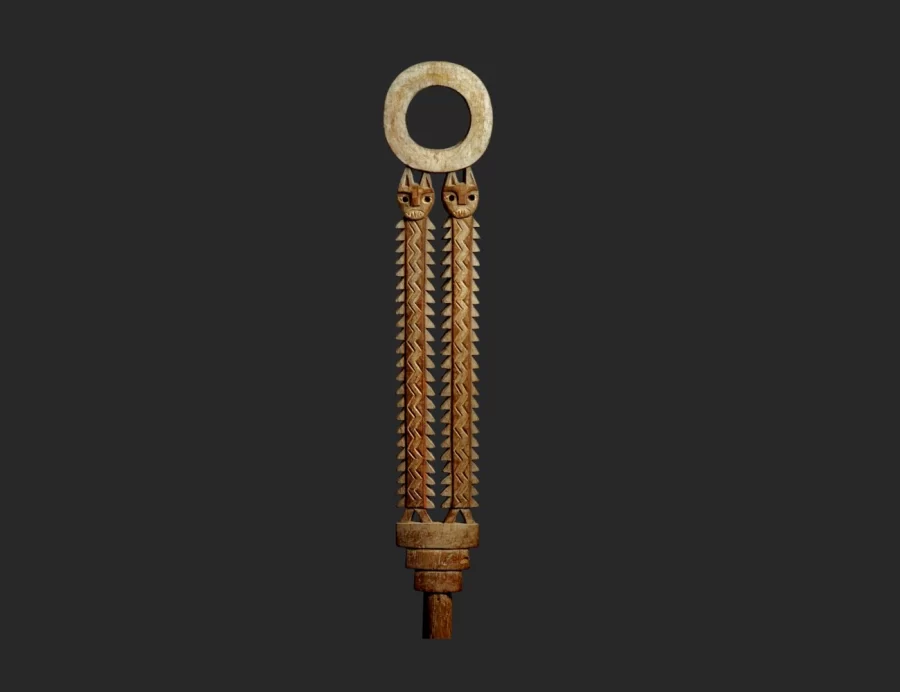
In this part, pieces made of shell or bone stand out. On display are those belonging to the Mochica culture such as the shell bracelet used by the elite, bone pins with intertwined snakes and Spondylus shell pectorals.
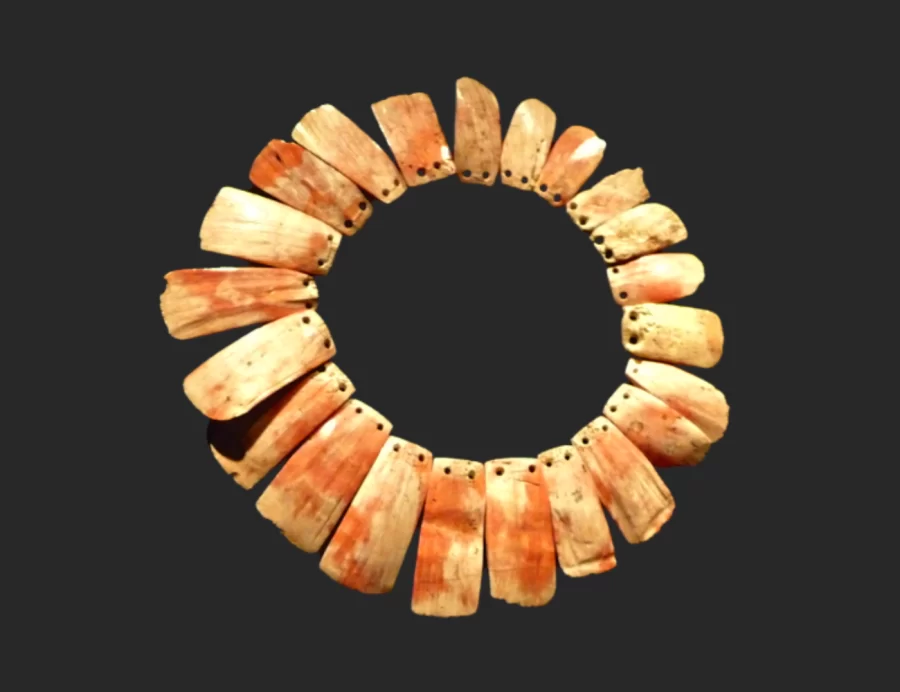
A meeting point with a symbolic value that was used for the elaboration of ceremonial vessels, silver earrings and spirals such as the nose rings that were placed on the nose as an ornament for leaders.
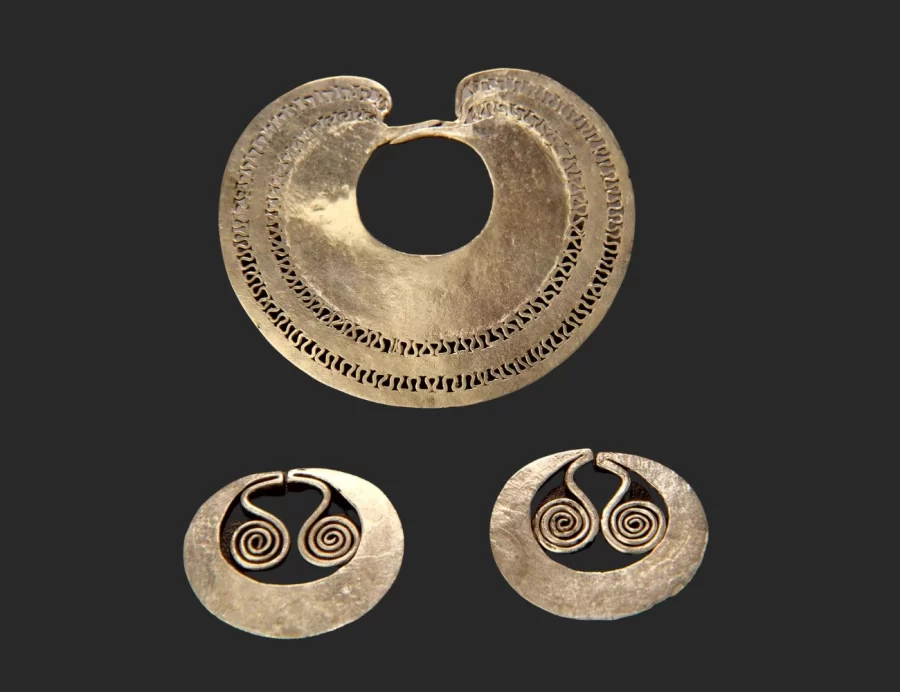
Gold was of great relevance to enhance the ceremonial beauty as a symbol within the Andean cosmovision, where pieces that tell the function they fulfilled in a certain time and space are exhibited.
Area where the Paracas culture is present in Nazca, formed in the southern coast of Peru and you can observe their most representative works based on ceramics.
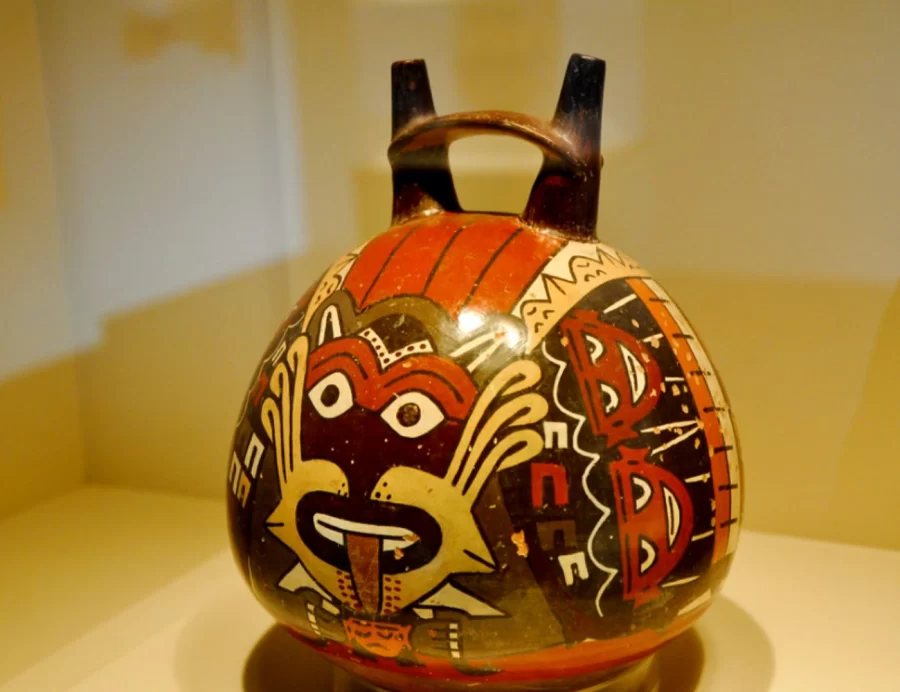
The Mochica inhabitants were located on the northern coast of Peru, recognized as great artists in ceramics and goldsmithing.
It is a space that displays ceramic pieces from the Huari State, located in the southern highlands of Peru, which expanded through ideological domination, alliances and military strengthening.
It presents artistic objects belonging to the Inca period, which was the most important of Peru for being an important civilization that left a great historical value and placed Cusco as its main government post.
In this part of the park there are sculptures of alpacas carved in stone, as well as a variety of "Keros" or so-called wooden cups where chicha (traditional drink) was consumed, among other works of wood and ceramics.
With Tierras de los Andes is a must to know the history, culture and art of Peru, where you can learn more about the museums of Cusco and visit the best tourist destinations it has to offer.
The Museum of Pre-Columbian Art of Cusco is located in the Plazoleta de las Nazarenas, just one block from the Plaza de Armas of the Imperial City.
